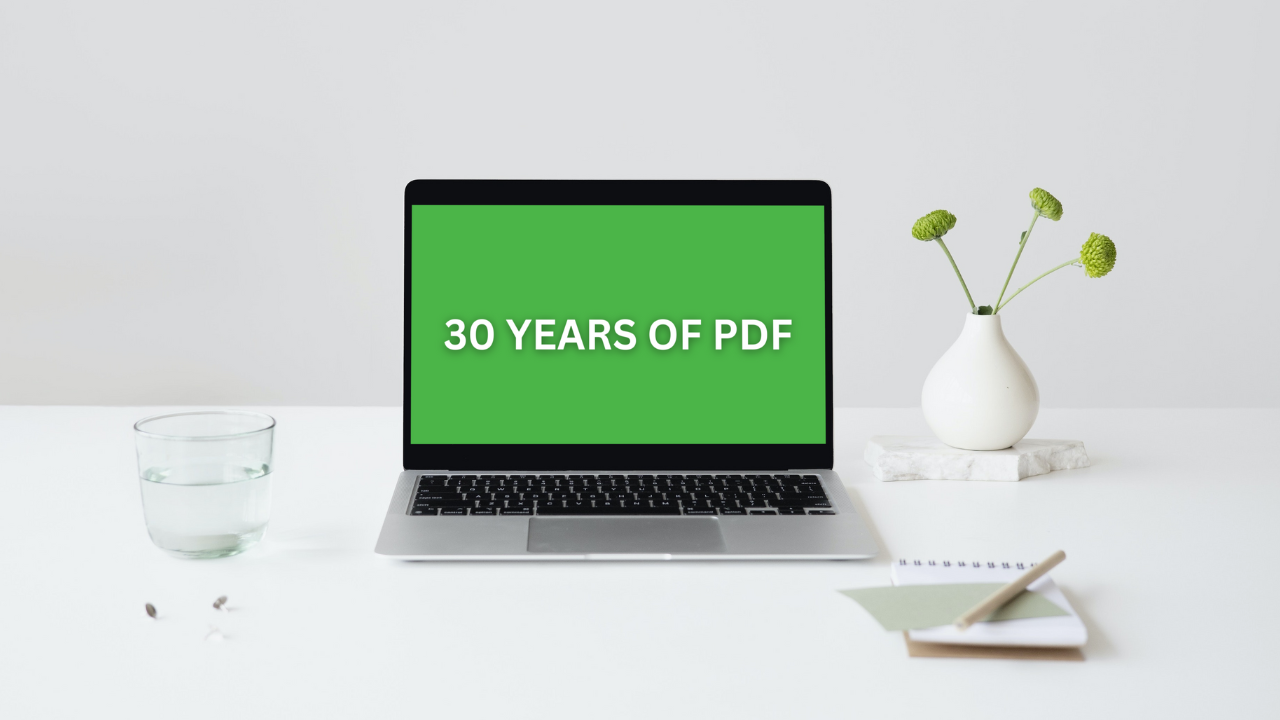
As 2023 unfolds, we celebrate 30 years of PDF – the groundbreaking legacy of the Portable Document Format, a true digital pioneer developed by Adobe Systems. PDF has revolutionized the way we create, share, and store documents.
In 2008, Adobe handed over control of the PDF format to the International Organization for Standardization (ISO), making it an open standard. Since then, PDF has continuously evolved, adapting to the ever-expanding possibilities of the digital realm.… Read the rest



